How to Mail Vape and Vape Juice in the United States
Navigating the shipping of vape devices and vape juice in the United States can be complex, given the evolving regulatory environment and strict carrier policies. With changes introduced by federal laws such as the Prevent All Cigarette Trafficking (PACT) Act and updated USPS regulations, both individual consumers and businesses must stay informed to ensure compliance, safety, and efficiency. This article explains the legal framework, packaging best practices, and alternative shipping options to help you mail vape products securely.
Introduction: How to Mail Vape and Vape Juice in the United States
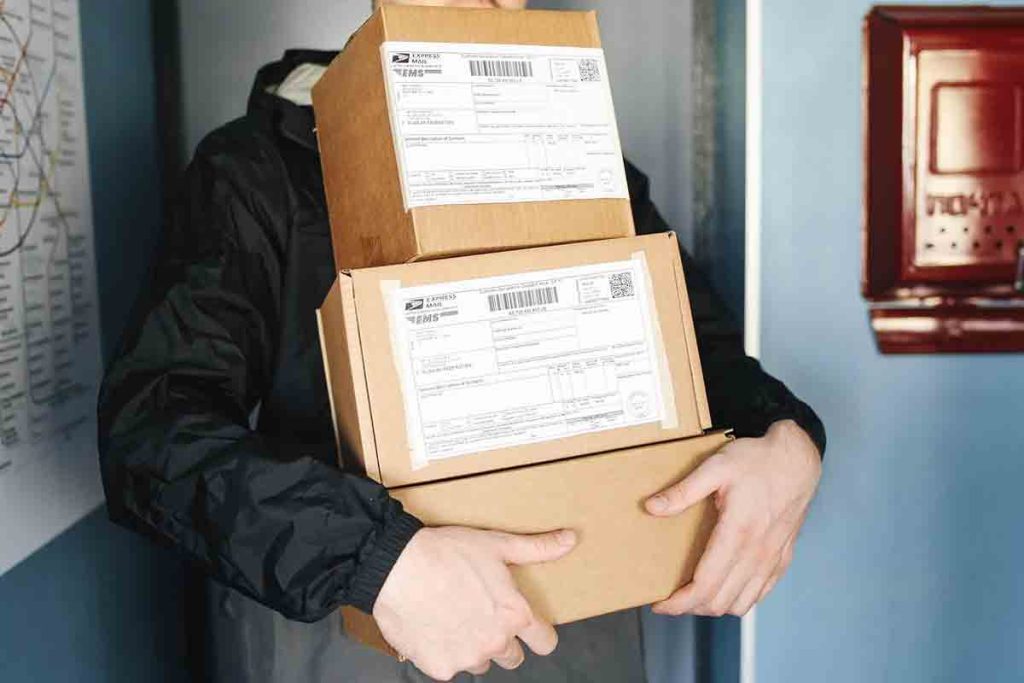
Mailing vape products—including vape devices, vape juice (e-liquid), and related accessories—is not as straightforward as shipping everyday items. With recent regulatory changes, notably the PACT Act, many carriers, including the United States Postal Service (USPS), have imposed strict restrictions on the shipment of electronic nicotine delivery systems (ENDS) and vape juice. The purpose of these restrictions is to prevent underage access and to ensure that vape products meet legal and safety standards.
In this article, we provide an authoritative guide on how to mail vape and vape juice in the United States. We cover legal considerations, outline USPS and carrier-specific regulations, offer practical packaging and shipping tips, and explore alternative shipping methods. Whether you’re an individual looking to send a personal gift or a business shipping products to customers, understanding these guidelines is essential. Our detailed approach not only clarifies the complex regulatory landscape but also ensures that your shipment adheres to all legal and safety requirements.
Legal Considerations: How to Mail Vape and Vape Juice Legally in the United States
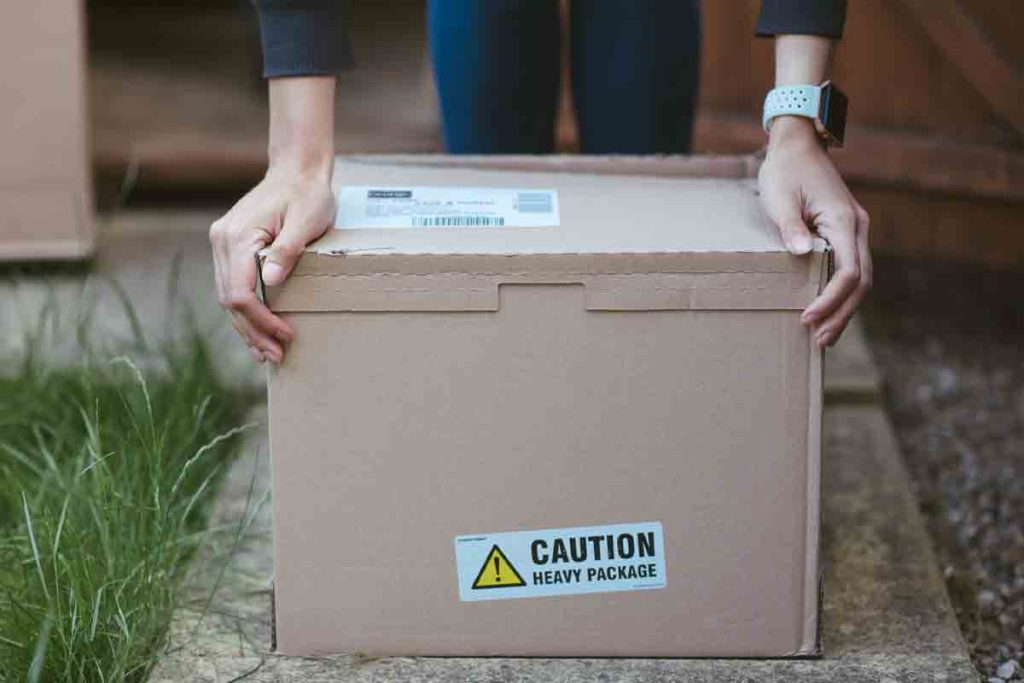
Before mailing vape products, it is crucial to understand the legal landscape. The PACT Act and other federal regulations now classify many vaping products as nonmailable through the USPS for consumer-to-consumer shipments, while exceptions may exist for business-to-business (B2B) transactions. In addition, state laws may impose further restrictions, and failing to comply can result in fines or penalties.
Federal Regulations
The PACT Act, which was amended in recent years, extends restrictions on the shipment of electronic nicotine delivery systems (ENDS) by the USPS. Under this act, any product that delivers nicotine or other substances via aerosol—vape pens, vape juice, and even certain accessories—is subject to strict mailing rules. These rules are designed to curb underage access and ensure that only properly verified recipients receive these products. According to the ATF Guidelines on Vaping Products, any shipment of ENDS must follow rigorous age verification and documentation protocols.
Business vs. Individual Shipments
For private individuals, USPS regulations generally prohibit mailing vape products to residential addresses unless they fall under very limited exceptions. Conversely, B2B shipments can sometimes be permitted if the sender is registered and complies with all regulatory requirements. This means that if you are a vape retailer or manufacturer, you may have access to alternative methods provided you meet the necessary documentation and licensing requirements. However, most small businesses find that adhering to these processes is both time-consuming and costly.
State Regulations
In addition to federal laws, state-level regulations play a significant role. Some states impose additional restrictions on the shipment of tobacco products, including vaping supplies. For example, local laws in California and other states may require additional documentation or may outright prohibit the shipment of vape products via certain carriers. Always verify local regulations before planning your shipment.
Documentation and Compliance
It is essential to maintain thorough records of your shipments, including documentation that verifies product contents, age verification processes, and shipping methods. This record-keeping is not only a best practice but a requirement under federal law for businesses shipping these products. Keeping these documents on file for at least two years, as recommended by USPS guidelines, can protect you in the event of an audit or legal dispute.
In summary, the legal framework surrounding the mailing of vape and vape juice products is complex and multifaceted. Both federal and state laws must be carefully navigated to ensure that shipments are compliant. For further detailed guidance, refer to the USPS Vape Shipping Compliance Guide, which outlines many of the current regulatory requirements.
USPS Regulations and Carrier Restrictions for Mailing Vape and Vape Juice
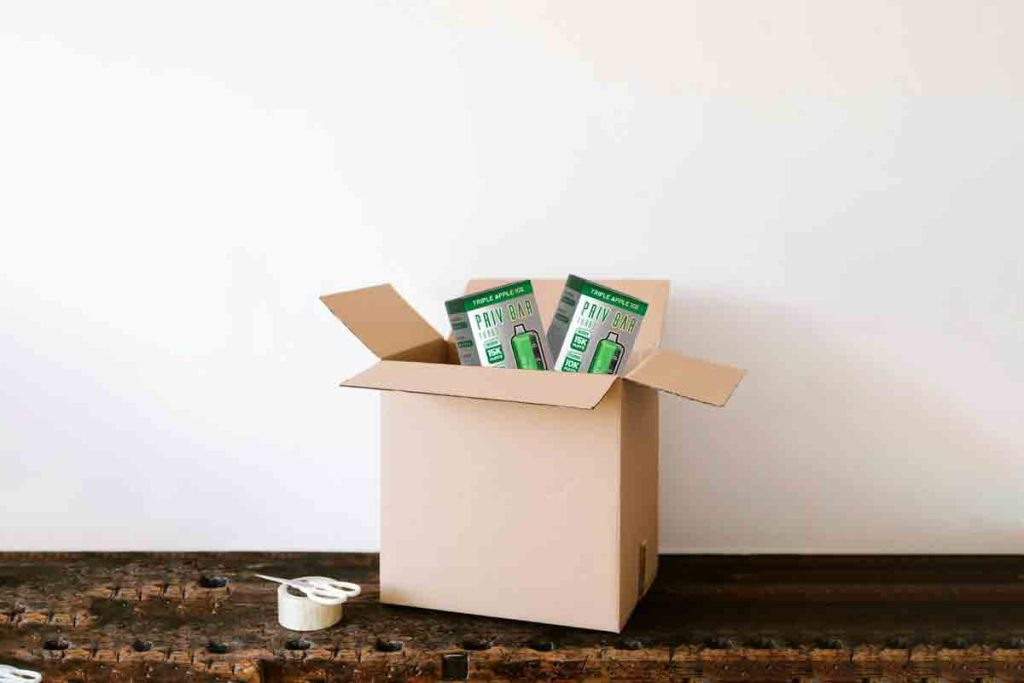
USPS policies on shipping vape products have evolved rapidly. As of recent changes, the USPS prohibits the shipment of vape pens, e-liquids, and other ENDS products to residential addresses, with very few exceptions. This prohibition is based on both the hazardous nature of lithium batteries found in most vape devices and federal legislation aimed at curbing underage access.
USPS Ban and Exceptions
Since October 2021, USPS has classified most vaping products as nonmailable due to their classification under the PACT Act. This means that sending a package containing vape juice or an electronic vape device through regular USPS channels can lead to the package being rejected. For private individuals, this ban leaves few legal options when trying to mail vape products. However, USPS does allow for limited exceptions, particularly for business-to-business shipments or when the package meets very specific requirements such as weight limits and proper packaging.
Alternative Carrier Policies
While the USPS is stringent, other major carriers such as FedEx, UPS, and DHL have also taken steps to restrict the shipment of vape-related products. For instance, UPS explicitly states that it does not accept vaping products for domestic shipment within the United States. FedEx and DHL have similar policies, primarily due to safety concerns over lithium batteries and the risk of leakage. According to PostageMaker’s overview, these restrictions apply not only to nicotine-based products but also to non-nicotine vape juice.
Carrier-Specific Considerations
If you must ship vape products, understanding each carrier’s unique rules is vital:
- USPS: Generally banned for consumer shipments; exceptions exist mainly for B2B transactions.
- FedEx and UPS: Do not accept shipments of vape devices or vape juice to residential addresses.
- DHL: Similar restrictions apply, making it challenging for international shipments unless proper documentation and safety protocols are followed. (Hazardous Goods and Unacceptable Shipments)
For businesses, these restrictions mean that exploring private courier options or specialized shipping services may be necessary. Specialized carriers often have experience handling hazardous materials and may offer tailored solutions for vape product shipments.
How to Package and Prepare Vape and Vape Juice for Mailing
Proper packaging is not only crucial for ensuring that your vape products arrive intact but also for complying with carrier requirements and federal regulations. The process involves several critical steps: secure packaging, clear labeling, and thorough documentation.
Secure Packaging
The first step in preparing your shipment is to ensure that all components are securely packaged to prevent damage or leakage. Here are some best practices:
- Bubble Wrap and Padding: Wrap each vape device and bottle of vape juice in bubble wrap. Use additional cushioning materials—such as packing peanuts or crumpled paper—to fill any empty spaces in the shipping box. This minimizes movement and reduces the risk of breakage.
- Sealed Containers: For vape juice, place each bottle in a sealable, leak-proof bag (such as a ziplock bag) before wrapping. This extra layer of protection prevents any accidental spillage, which could compromise the entire package.
- Sturdy Outer Box: Use a strong, corrugated cardboard box that is appropriately sized for your shipment. The box should be durable enough to withstand handling during transit.
Clear Labeling and Marking
Compliance with labeling requirements is critical when mailing vape products. Ensure that the package clearly states its contents and complies with any regulatory guidelines:
- Hazard Labels: If your shipment contains lithium-ion batteries or other hazardous components, include the necessary hazard labels and documentation. This is essential for both safety and regulatory compliance.
- Content Description: Clearly label the package as containing vape devices and vape juice. Avoid vague descriptions; instead, use specific terms like “vape device,” “e-liquid,” and “vape juice” to ensure transparency.
- Documentation: Attach any required documentation that verifies product details, such as material safety data sheets (MSDS) and proof of compliance with THC limits (if applicable). Maintaining these records is essential, as regulations require that documentation be kept on file for an extended period.
Temperature and Handling Considerations
Temperature fluctuations and rough handling can degrade vape juice quality and damage sensitive vape devices:
- Insulated Packaging: If shipping in extreme weather conditions, consider using insulated packaging materials to maintain a stable temperature.
- Fragile Markings: Mark the package as “Fragile” to alert handlers that the contents require careful treatment.
By following these packaging best practices, you not only protect your products but also adhere to shipping regulations, reducing the risk of delays or rejected shipments. For a more detailed guide on proper packaging techniques, review the recommendations in the USPS Vape Shipping Compliance Guide.
Alternative Shipping Options: How to Mail Vape and Vape Juice Outside of USPS
Given the strict USPS regulations and the policies of other major carriers, many businesses and individuals have turned to alternative shipping methods to mail vape products legally. Exploring private carriers and specialized shipping networks can offer a solution that meets both legal and safety requirements.
Private Carriers and Specialized Networks
Several private carriers have emerged as alternatives for shipping vape products. These companies understand the unique challenges of handling vape devices, particularly those containing lithium batteries and liquid nicotine.
- Specialized Courier Services: Some independent carriers specialize in shipping hazardous materials, including vape products. These carriers offer services tailored to the specific needs of the vaping industry, such as secure handling, temperature-controlled shipments, and robust tracking systems.
- Business Partnerships: Vape retailers often develop partnerships with private shipping companies to create dedicated networks that bypass the limitations imposed by traditional carriers. These partnerships may include negotiated rates, enhanced compliance procedures, and customized shipping solutions.
- Regional Options: In some cases, regional carriers may offer services that are more flexible than national carriers. For example, companies operating within a specific state or region might have less restrictive policies and can provide faster, more reliable service.
Pros and Cons of Alternative Methods
When evaluating alternative shipping methods, consider the following factors:
- Pros:
- Flexibility: Private carriers often offer more flexible shipping options that can accommodate varying package sizes, weights, and delivery timelines.
- Enhanced Tracking: Specialized services frequently provide detailed tracking information, allowing you to monitor your shipment’s progress.
- Compliance Expertise: These carriers are typically well-versed in hazardous materials regulations, ensuring that your shipment complies with all relevant laws.
- Cons:
- Cost: Alternative shipping methods can be more expensive than standard USPS rates, particularly for expedited services.
- Availability: Not all regions may be serviced by these specialized carriers, which could limit your shipping options.
- Complexity: Navigating multiple shipping providers and coordinating between them may require additional administrative effort.
For a detailed comparison of shipping policies and restrictions, consult the Vaping Product Shipping Regulations Overview.
Safety, Compliance, and Best Practices for Mailing Vape and Vape Juice
Ensuring the safety of your shipment and adhering to compliance guidelines is essential for both regulatory adherence and customer satisfaction. In addition to proper packaging and alternative shipping methods, the following best practices can help you maintain high standards of safety and compliance:
- Documentation: Always maintain complete records of each shipment, including age verification, product details, and shipping labels. This documentation is critical for compliance audits and potential legal reviews.
- Clear Communication: Clearly communicate shipping policies and regulations with customers. This transparency helps manage expectations and ensures that recipients are aware of any special delivery requirements, such as adult signature confirmation.
- Regular Training: For businesses, regular training on hazardous materials handling and shipping regulations is crucial. Staying updated on changes in federal and state laws can help avoid compliance issues.
- Quality Assurance: Only source vape products and e-liquids from reputable suppliers who provide lab-tested results and proper certification. This not only ensures product quality but also reinforces legal compliance.
- Carrier Coordination: Work closely with your chosen carriers to ensure that all packaging, labeling, and documentation meet their specific requirements. Proactive coordination can minimize delays and prevent shipment rejections.
By following these best practices, you create a robust framework that enhances safety, boosts regulatory compliance, and improves the overall efficiency of your vape shipments.
FAQs: How to Mail Vape and Vape Juice in the United States
Here are some frequently asked questions that address common concerns regarding mailing vape products:
Q: Can I mail vape juice in the United States?
A: In general, USPS prohibits mailing vape juice and related products to residential addresses. Exceptions may exist for business-to-business shipments, but individual shipments face strict limitations due to federal regulations such as the PACT Act.
Q: What are the USPS regulations for mailing vape products?
A: The USPS classifies most vape products, including vape pens and e-liquids, as nonmailable for consumer shipments. This is due to safety concerns, particularly the hazardous nature of lithium batteries, and regulatory mandates aimed at preventing underage access. For detailed guidelines, refer to the USPS Vape Shipping Compliance Guide.
Q: Which carriers ship vape and vape juice products?
A: Major carriers such as FedEx, UPS, and DHL have also implemented restrictions on shipping vape products. As a result, many businesses turn to specialized private carriers who are experienced in handling hazardous materials.
Q: How should I package vape devices and vape juice for shipping?
A: It is essential to use robust, leak-proof packaging. Wrap vape devices and bottles of vape juice in bubble wrap, place them in sealed ziplock bags, and use a sturdy, corrugated box. Additionally, ensure that all necessary hazard labels and documentation are clearly visible on the package.
Q: Do I need to include any documentation when mailing vape products?
A: Yes, including proper documentation such as product safety data sheets, age verification records, and compliance documents is crucial. This ensures that your shipment meets regulatory requirements and provides a record in case of audits.
Conclusion: Mastering How to Mail Vape and Vape Juice in the United States
Mailing vape products in the United States requires a detailed understanding of federal and state regulations, carrier-specific restrictions, and best practices for packaging and documentation. With the PACT Act and stringent USPS policies in place, it is more critical than ever for both consumers and businesses to adhere to these guidelines to avoid legal complications and ensure safe delivery.
By following the steps outlined in this article—from legal considerations and secure packaging to exploring alternative shipping methods—you can successfully navigate the complex landscape of vape shipping. Whether you are a retailer shipping vape devices to customers or an individual sending a personal gift, taking these precautions will help protect your products and your business reputation.





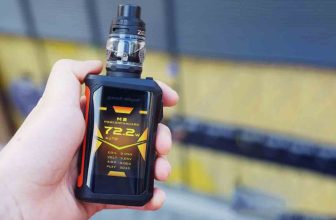

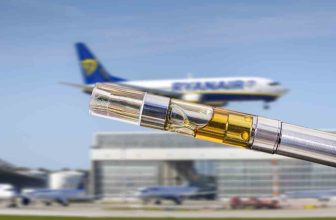
[…] instance, the rigorous enforcement of vaping restrictions in the United States has led to a measurable decline in youth vaping rates in some jurisdictions; however, these […]
Not only have they banned vapes from being shipped via USPS, but now I have to pay a signature fee to buy vapes from an online store. Fuck you, give me my money back.